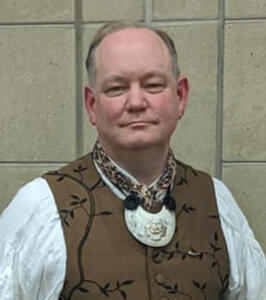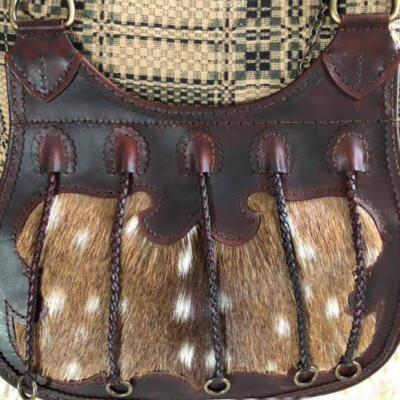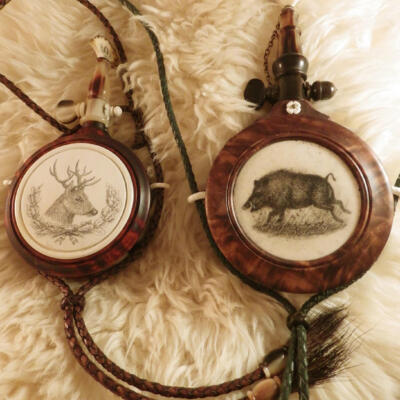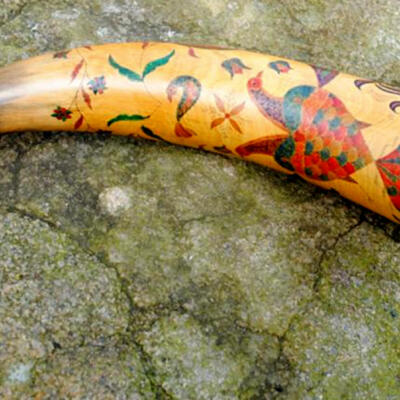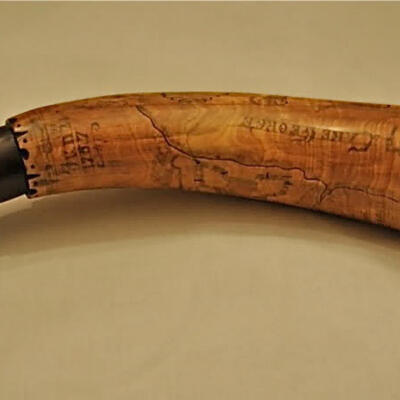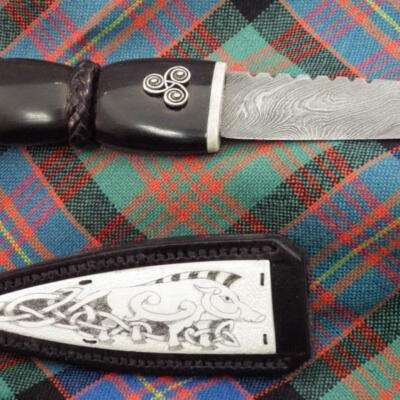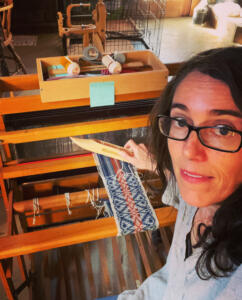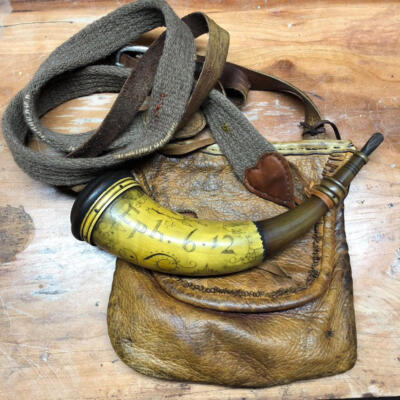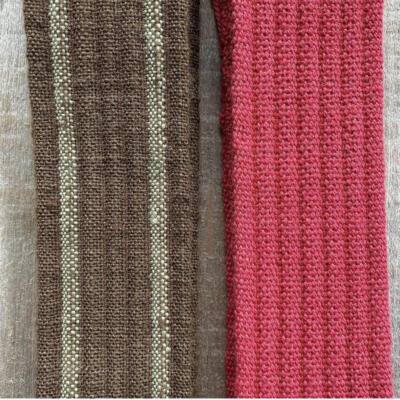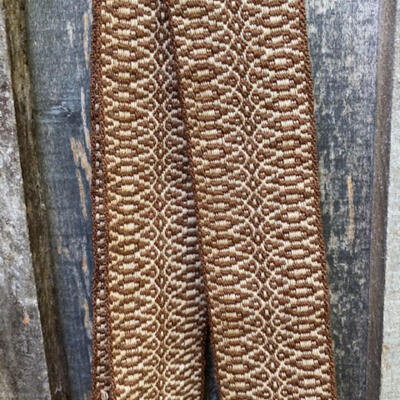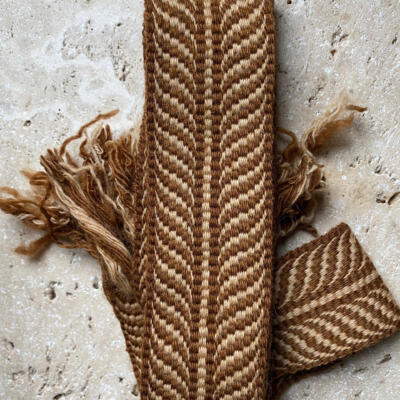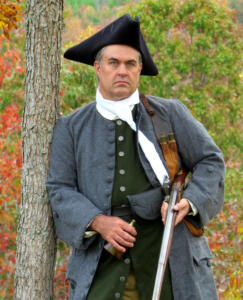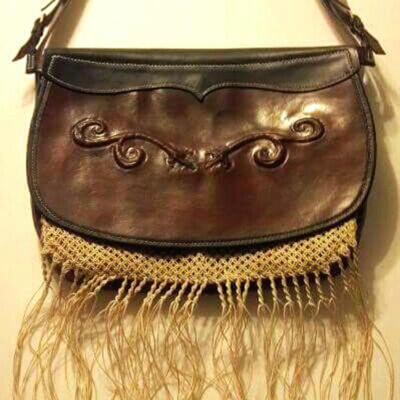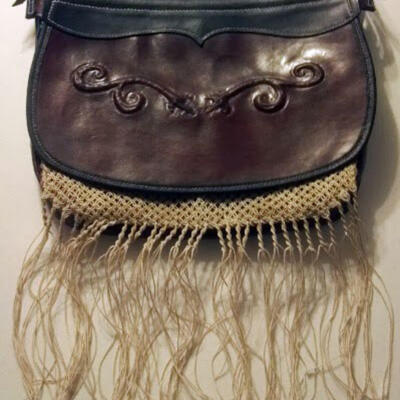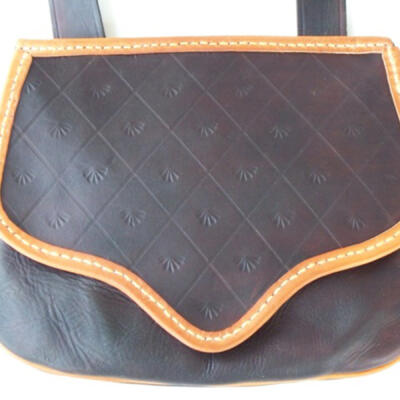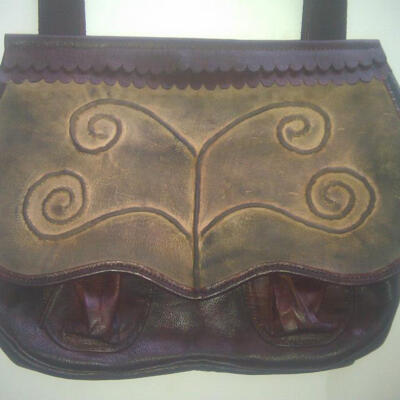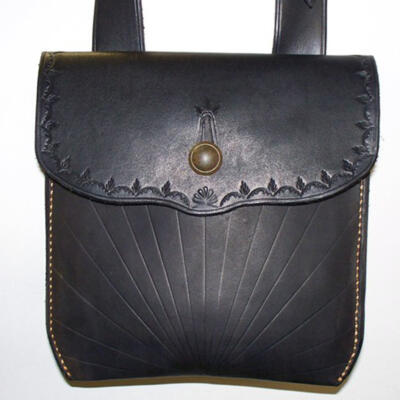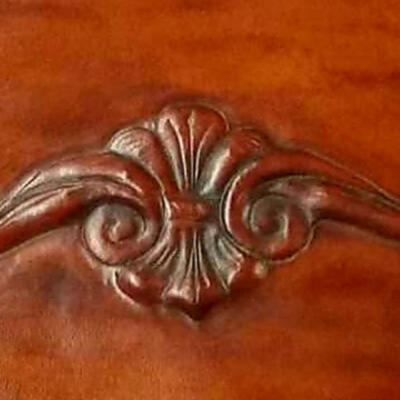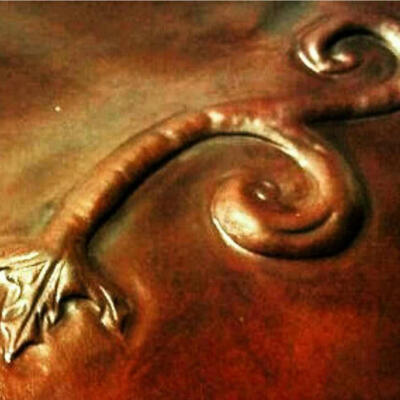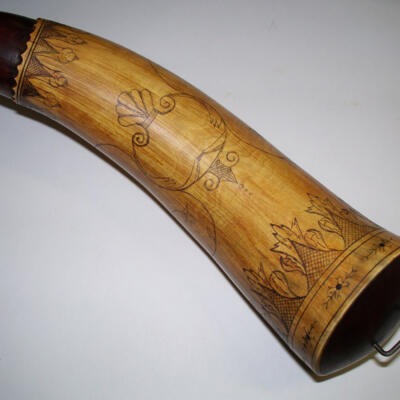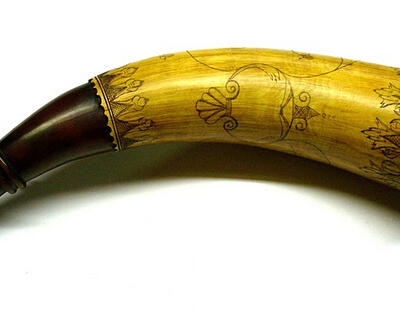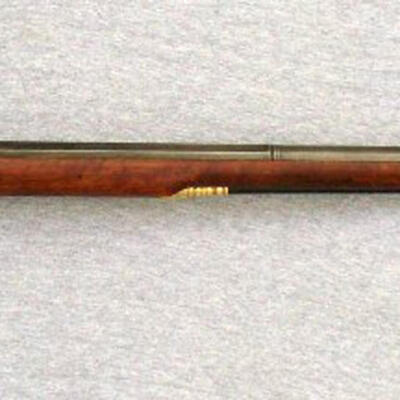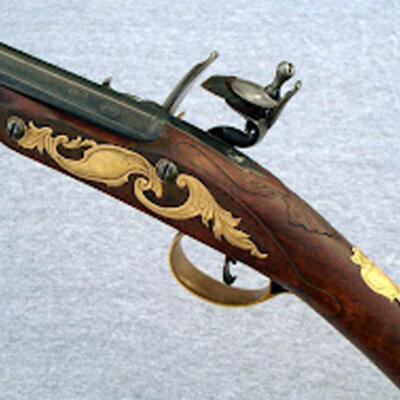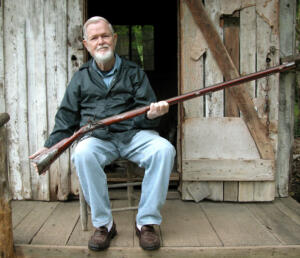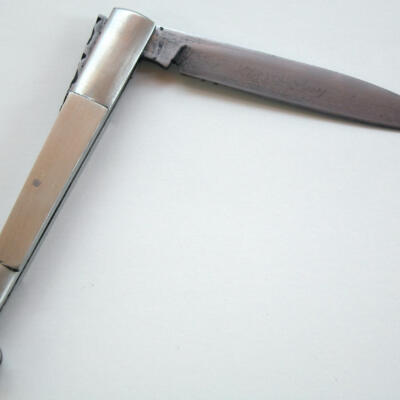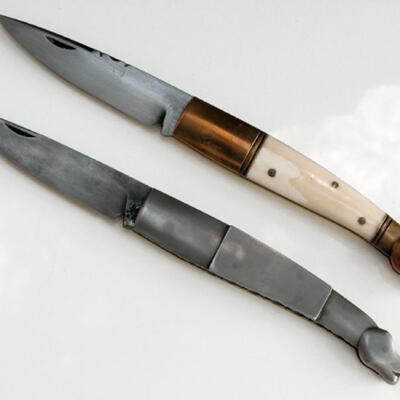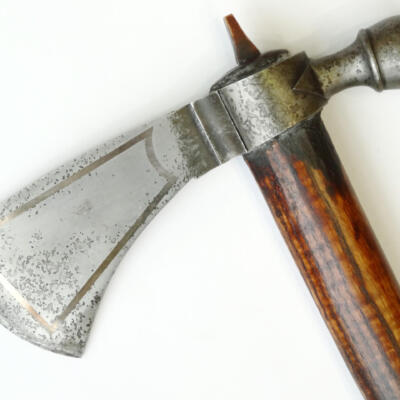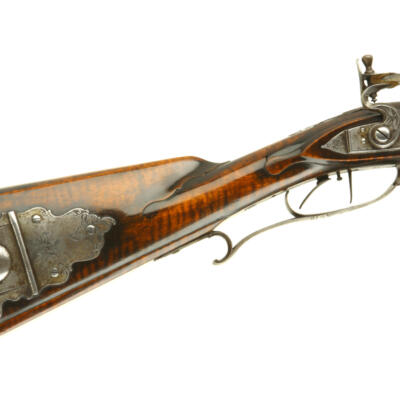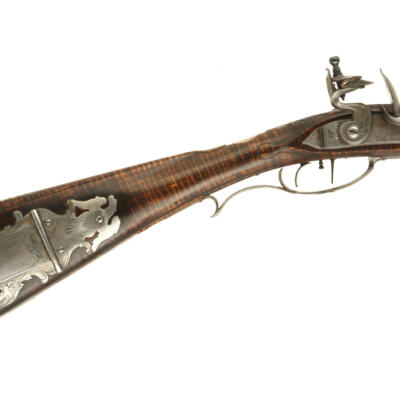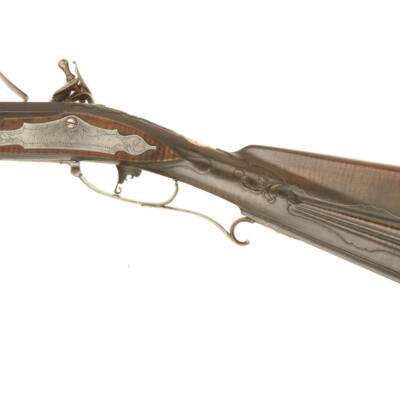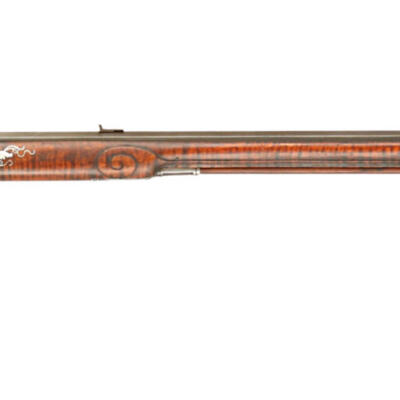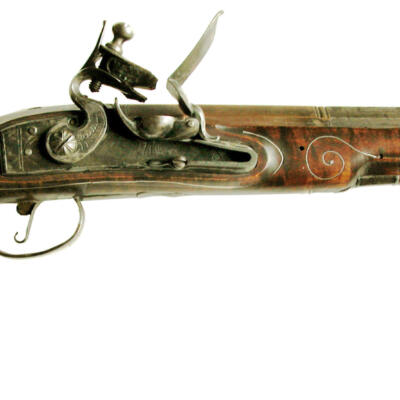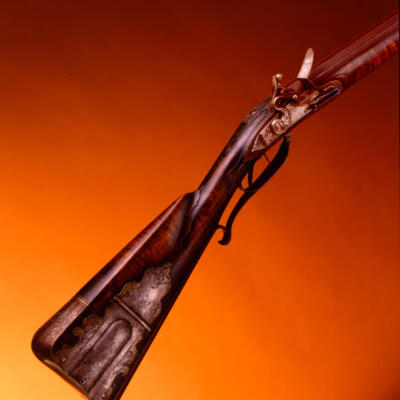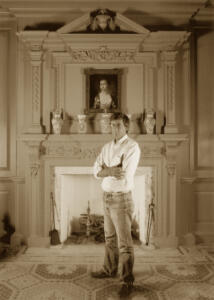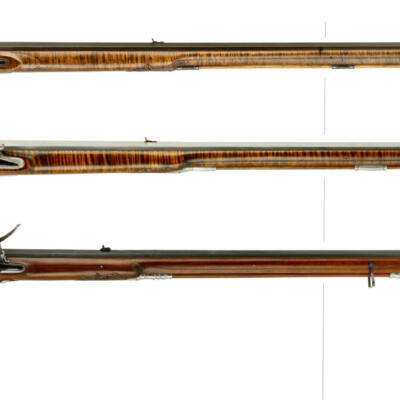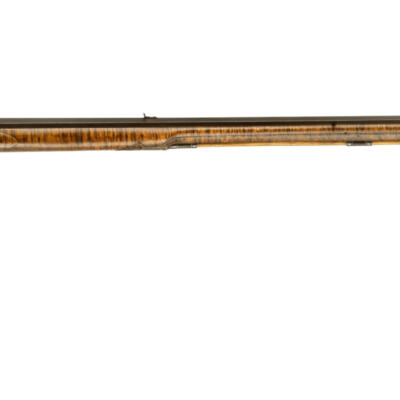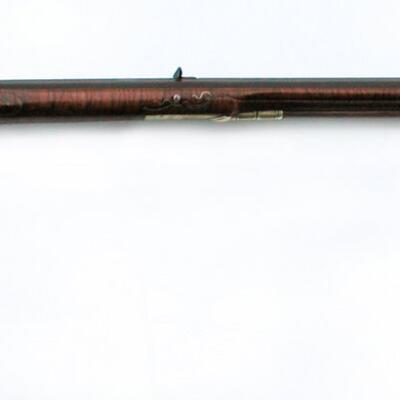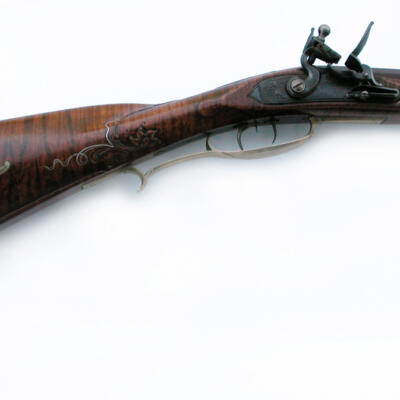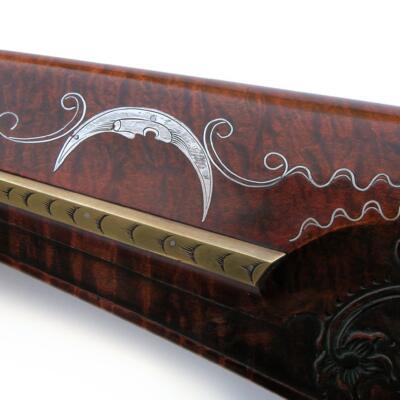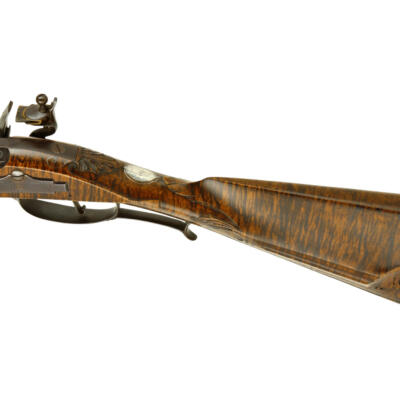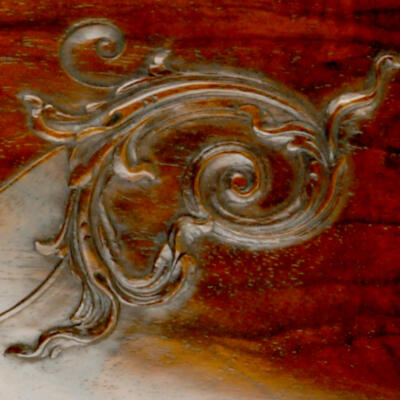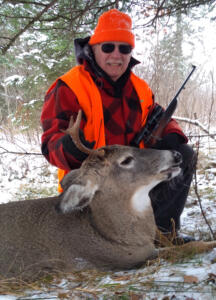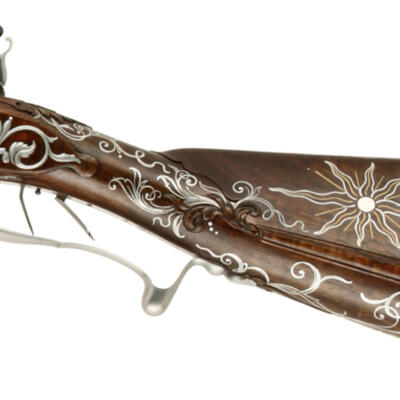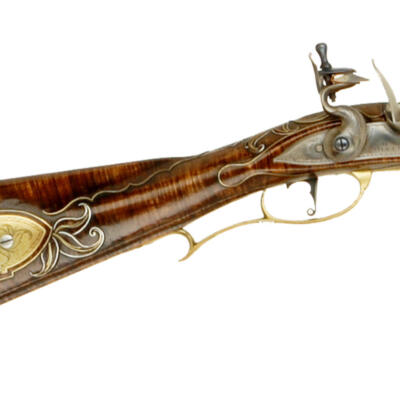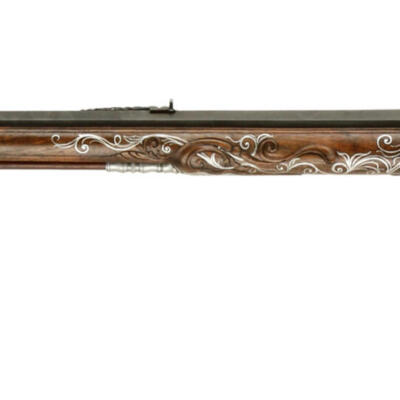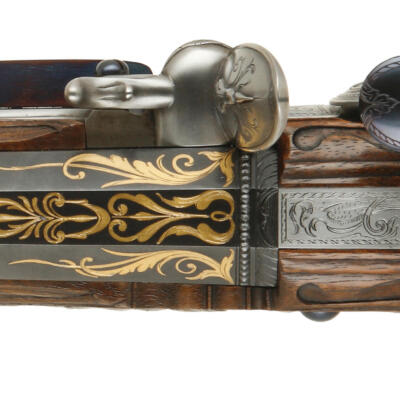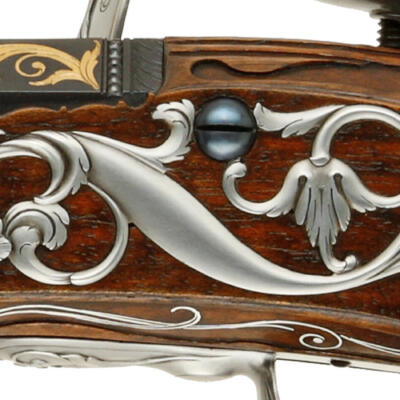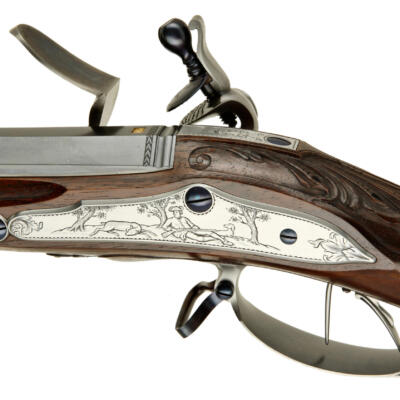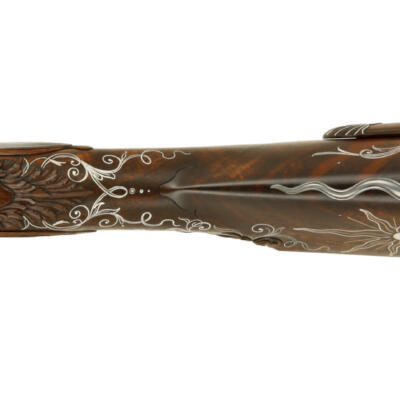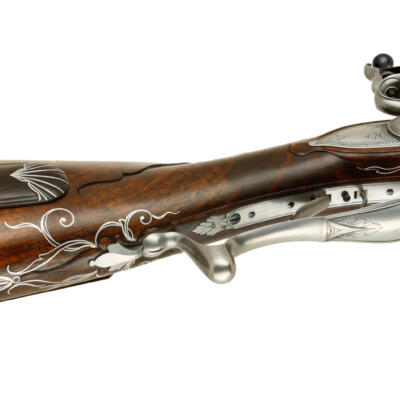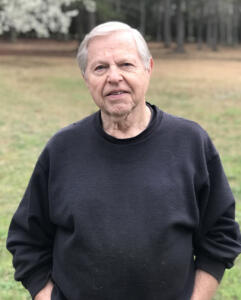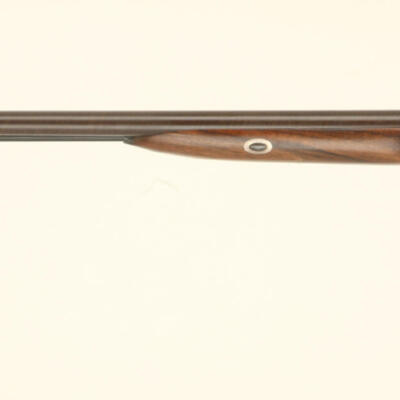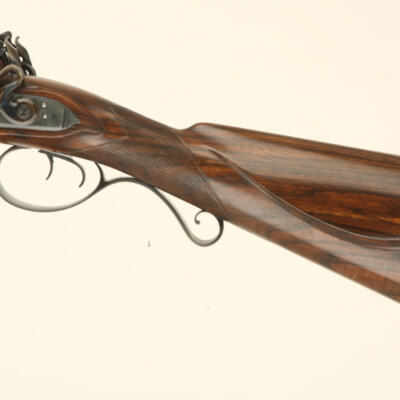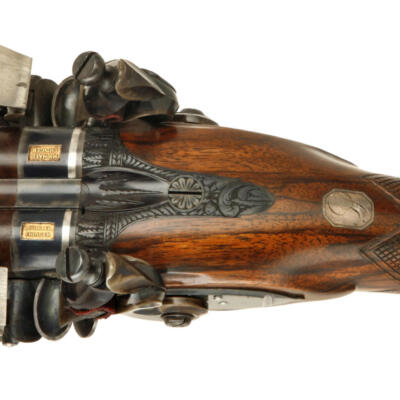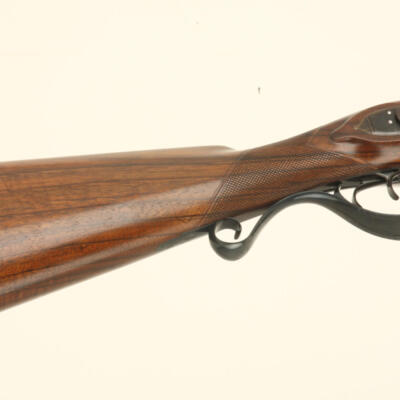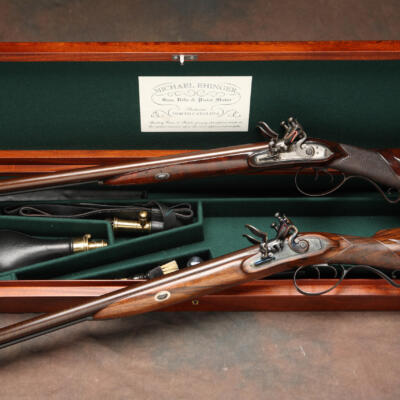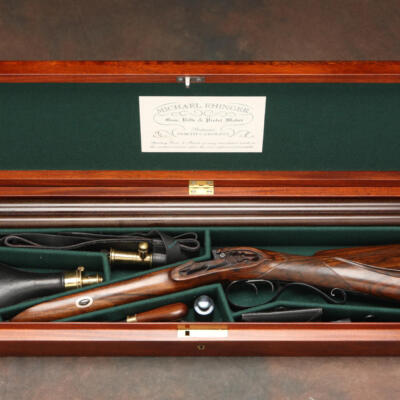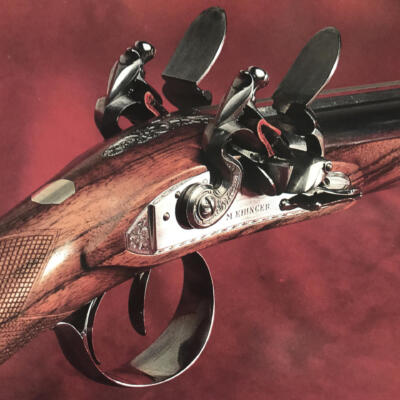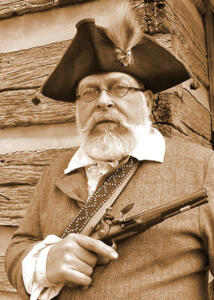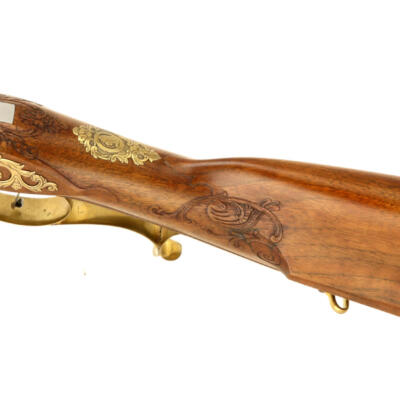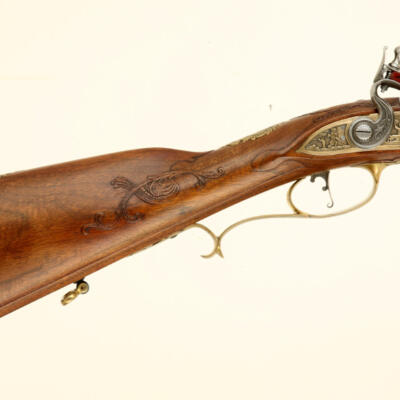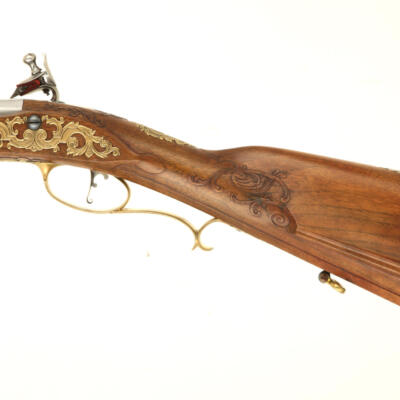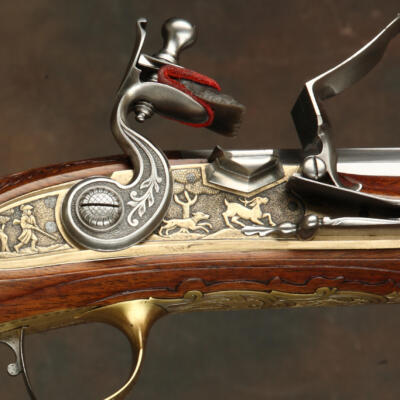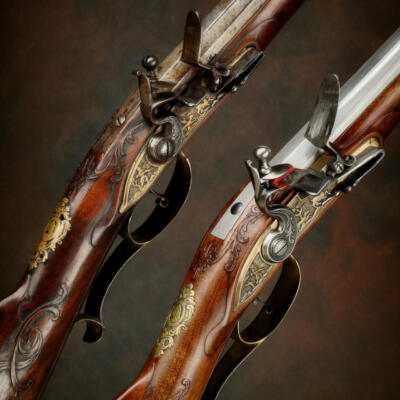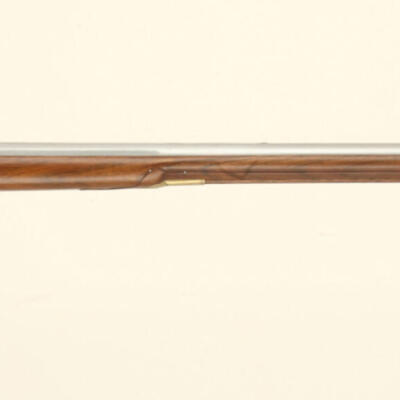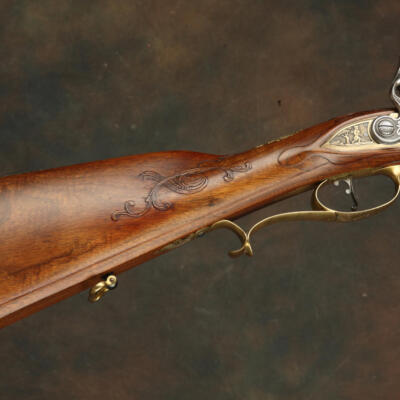Mike Ehinger was born in Fort Wayne, Indiana, October 20th, 1942, and lived there until high school graduation in 1960. His interest in muzzleloaders began at about age 13 or 14, when he bought a nice little original 31 Caliber half stock percussion rifle from a local gun shop. From that time on, it was all about muzzleloaders.
Right after high school graduation Mike enlisted in the army, and after basic training at Fort Leonard Wood in Missouri and AIT at Fort Benning, Georgia, he was assigned to the 82nd Airborne Division at Fort Bragg, North Carolina. He was discharged in July of 1963.
While stationed at Fort Bragg, he met and married his wife, Becky, and upon discharge in 1963, we, along with the first of our three children, moved back to Fort Wayne.
After two colder and snowier winters than average, we decided warmer was better, and moved back to Stedman, North Carolina, and have lived happily here ever since.
Two years in Fort Wayne were factory work, and after moving back to North Carolina, he did carpenter work for fifteen years or so, all along trying to learn to build a muzzleloader he could be proud of — more of a hobby than anything else.
After the 17 or 18 years thinking about it, he decided one day, since you only go around once, why not do what you really want to do and quit taking carpenter jobs and became a full time “muzzleloading gunmaker.”
His friend, Lewis Sanchez, had a gun shop in Fayetteville, North Carolina, and helped Mike a lot, since he too was building some muzzleloaders at that time. He had a booth at Friendship and introduced Mike to so many kindred spirits.
He and Lew went to an NRA convention together in Philadelphia about 1980 and stayed with Bob Roberts. Bob was a director of the NMLRA at that time and had set up and was running the NMLRA booth at the convention.
Mike had brought along three guns, built from scratch, and Bob insisted on displaying them at the booth, and after the convention was over, asked Lew and Mike to stay a couple more days so he could photograph the guns and write an article for the Muzzle Blast magazine.
One of the guns was an early French style flint double that he was really proud of, and the flint doubles were what he hoped to do more of. Then the article in The Book of Buckskinning III featuring some of his flint double work also was a big help in furthering his career.
Through access during restoration work along the way, Mike was able to handle and learn from all the good flint doubles with which he was trusted.
Lynton McKenzie was also a good friend who was always ready to loan pieces from his collection of great English guns to study or use as patterns.
All in all, Mike says it was a great time. He made a lot of good friends and enjoyed every day of the work and the people he met along the way. About two years ago, after 40 years of the gun work, he decided to stop taking work while I was still doing the quality of work that he expected of himself. He still spends most of every day in the shop, usually working on something he started years ago and left unfinished. Mike says that it is a hard habit to break. But he would like to do it all over again.

